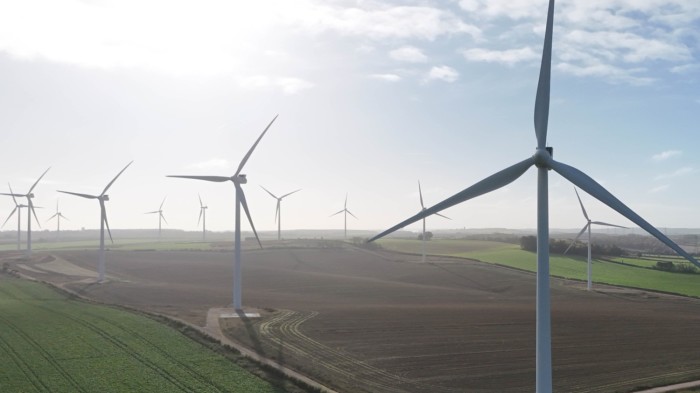Unlock the Editor’s Digest for free
Roula Khalaf, Editor of the FT, selects her favourite stories in this weekly newsletter.
Renewable energy is not dead — despite the pessimism that has gripped markets since Donald Trump’s election. Regardless of what may happen stateside, countries in Europe are still pressing ahead with ambitious clean energy targets. The EU is expected to build on average 22 gigawatts of new wind farms alone every year between 2024 and 2030. Greater deployment of wind and solar will also bring benefits for other technologies — including newer energy storage methods such as liquid air.
Definitions of long duration energy storage (LDES) can vary but typically it is any technology that can store electricity for periods ranging from eight hours to weeks and months. This capability has long existed through pumped storage hydro plants — or water batteries — which use power at times of excess production to push water uphill, from one reservoir to a second. The water is then released from the upper reservoir through turbines to generate electricity when there is a need. But the geographic limitations of water batteries are driving interest in other LDES technologies.
Enter liquid air energy storage, which has no such geographic restrictions. This works by using electricity during periods of abundant wind and solar generation to clean, dry and refrigerate air until it liquefies. The liquid air is then stored in insulated tanks. When electricity is required, it is pumped at high pressure, reheated and expanded to produce a high pressure gas that powers a turbine.
The UK government-owned National Wealth Fund and FTSE 100 power company Centrica this summer participated in a £300mn fundraising to help build a liquid air energy plant near Manchester in the north-west of England that is planned to open in 2026.
When complete, the plant is expected to be one of the largest facilities of its kind globally with a storage capacity of 300MWh (megawatt hour) and power output of 50 megawatts. The syndicate backing the project — under development by private company Highview Power — also includes Rio Tinto and Goldman Sachs Power Trading. Highview is also planning a further four, bigger liquid air plants, including one in Scotland.
Like many LDES technologies, though, liquid air energy storage is expensive. Broadly speaking, for a first-of-a-kind project storage costs might be about £500 per kilowatt hour, versus about £300/KWh for a lithium ion battery.
In the UK, the government has proposed a “cap and floor” revenue mechanism for plants once they are operational to incentivise more facilities. LDES developers had long been campaigning for this. But the pressure will still be on to reduce costs significantly if liquid air energy storage is to move into the mainstream.
Read the full article here

